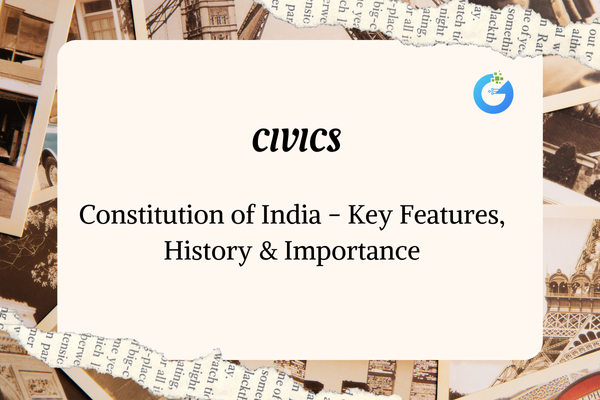Introduction – What Was the Delhi Sultanate?
Imagine India in the early 13th century — full of kingdoms, different cultures, and battles for power. Into this world came a series of rulers from Central Asia and Afghanistan, who changed the course of Indian history. Their rule came to be known as the Delhi Sultanate, named after their capital city, Delhi.
This was not just one dynasty — it was a chain of five different dynasties that ruled from 1206 to 1526. These sultans introduced new styles of governance, built stunning monuments, and influenced art, culture, and religion for centuries to come.
expert-led History classes – visit our website to learn more
Who Were the Rulers of the Delhi Sultanate?
The Delhi Sultanate wasn’t ruled by a single family. It was a long period of over 300 years, during which five different dynasties came to power. Each dynasty left its own unique stamp on Indian history.
Mamluk Dynasty (1206–1290)
Started by Qutb-ud-din Aibak, a former slave who rose to become king. He was the one who began building the Qutb Minar, one of Delhi’s proudest monuments.
Razia Sultana, his granddaughter-in-law, became India’s first female Muslim ruler.
Khilji Dynasty (1290–1320)
Led by Alauddin Khilji, who was known for his strong army and market reforms. He expanded the empire and defeated Mongol invasions, making Delhi stronger than ever.
Tughlaq Dynasty (1320–1414)
Started by Ghiyasuddin Tughlaq, but most famously ruled by his son Muhammad bin Tughlaq, a bold ruler whose grand ideas — like moving the capital and creating token currency — often backfired.
Sayyid Dynasty (1414–1451)
A period of decline. The Sultans here were weak, and the empire became smaller due to constant revolts.
Lodi Dynasty (1451–1526)
Afghan rulers like Ibrahim Lodi came to power. But in 1526, Babur defeated Ibrahim Lodi at the Battle of Panipat, ending the Delhi Sultanate and starting the Mughal Empire.
How Did They Rule?
The Delhi Sultans were strong rulers who believed in central control. They wanted to make sure their empire was organized, wealthy, and protected.
They introduced a centralized government, where the Sultan was the supreme authority. Governors and nobles were appointed to manage different regions.
Their armies were large and powerful, with horses, elephants, archers, and swordsmen.
To keep things running, they collected taxes (called Kharaj) from farmers and traders.
Justice was maintained using Islamic laws, though local customs were respected to keep peace among the Hindu majority.
Religion and Culture – A Mixed Canvas
Even though the Sultans were Muslims, they ruled over a population that was mostly Hindu. This led to a mix of religious harmony and conflict.
They built beautiful mosques, forts, and tombs, combining Persian, Turkish, and Indian designs. The Persian language became common in administration, poetry, and art.
This time also saw the beginning of Urdu, a new language that blended Persian, Arabic, Turkish, and Hindi.
What Challenges Did They Face?
The Delhi Sultanate wasn’t always peaceful or successful. It had its share of troubles:
- Mongol invasions threatened the northern borders.
- Revolts by local kings and noblemen weakened the empire.
- Many rulers came to power through bloody battles or betrayals.
- Economic disasters, like Muhammad bin Tughlaq’s failed currency experiment, caused confusion among the people.
Despite these problems, the Sultans tried to hold the empire together through clever policies and brave leadership.
Legacy – Why Does It Matter Today?
The Delhi Sultanate shaped much of what we see in India even today. It laid the foundation for the Mughal Empire that followed.
- Architecture: Monuments like Qutb Minar, Hauz Khas, and Alai Darwaza are still admired.
- Language and Culture: Persian and Urdu became influential.
- Government Systems: The idea of a centralized authority and organized administration continued under the Mughals.
FAQ – Did You Know?
- Who was Razia Sultana?
She was the first female Muslim ruler of India. She led with courage but faced resistance from male nobles and was overthrown. - Why is Muhammad bin Tughlaq considered both brilliant and foolish?
He had smart ideas like moving the capital and starting paper money, but they failed badly due to poor planning. - What is the Qutb Minar?
A 73-meter victory tower in Delhi, started by Qutb-ud-din Aibak. It’s one of the finest examples of Indo-Islamic architecture.
Conclusion – The Story That Shaped India’s Future
The Delhi Sultanate wasn’t just about kings and wars. It was a time of major change — new ideas, languages, architecture, and governance. The Sultans came from outside, but they became a part of India’s story.
They showed that even in chaos and conflict, new beginnings are possible. Their legacy continues through monuments, languages, and systems that paved the way for the great Mughal Empire.








